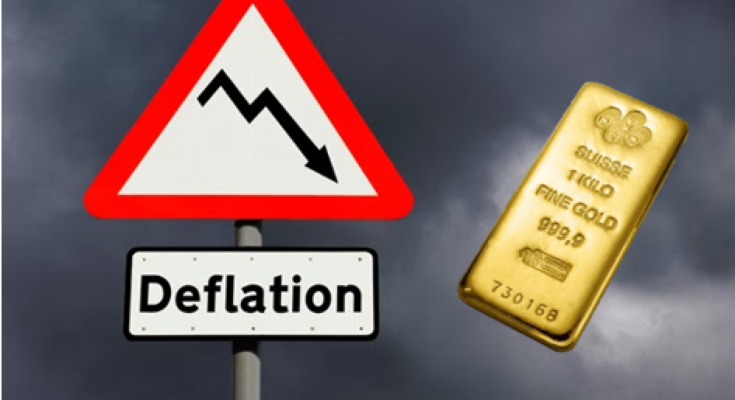
Since the start of this gold correction in 2013, the most bearish argument I hear is that there is no risk of hyperinflation or even high inflation, but rather a risk of deflation (or a negative inflation rate, not to be confused with a lower rate of inflation increase, or disinflation).
What to make of it? First, let us define what we mean by inflation. In general, inflation is defined as an increase in the price of most goods and services. But what causes this increase? Is it a change in supply and demand of the goods and services or just an increase or decrease in quantity of money in circulation? If the price increase occurs, as an after-effect, because of an increase in the amount of money in circulation, we have inflation. And this happens when a central bank issues more money than is necessary for the transactions of goods and services to create an illusion of wealth increase. Instead, what happens in that case is rather a loss of value of the currency (dollar, euro, etc.) due to its increased supply, rather than a change in the supply and demand of said goods and services.
Gold itself has some small inflation. However, in the chart below we can see that the inflation rate of gold money follows growth in population. As you can see in the chart, population growth has been recently around 1.2 percent and gold production 1.7 percent. Ounces of gold produced per new person added has been relatively constant, around 1.0 since 1500.

In a period of deflation, the value of money increases and interest rates become negative, so people wish to keep some cash, if not all of it, out of the banking system. This is catastrophic for the banking system and may even lead to its destruction. This is why deflation is the greatest enemy of banks and central banks. However, after a prolonged period of leverage comes a period of deleverage that may lead to a period of deflation.Past governor of the Bank of Canada and current governor of the bank of England,Mark Carney, called it in a speech in 2011 the “Minsky moment” of the international monetary system.

